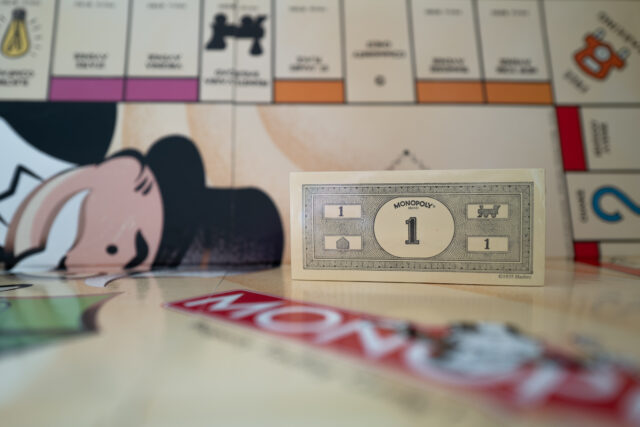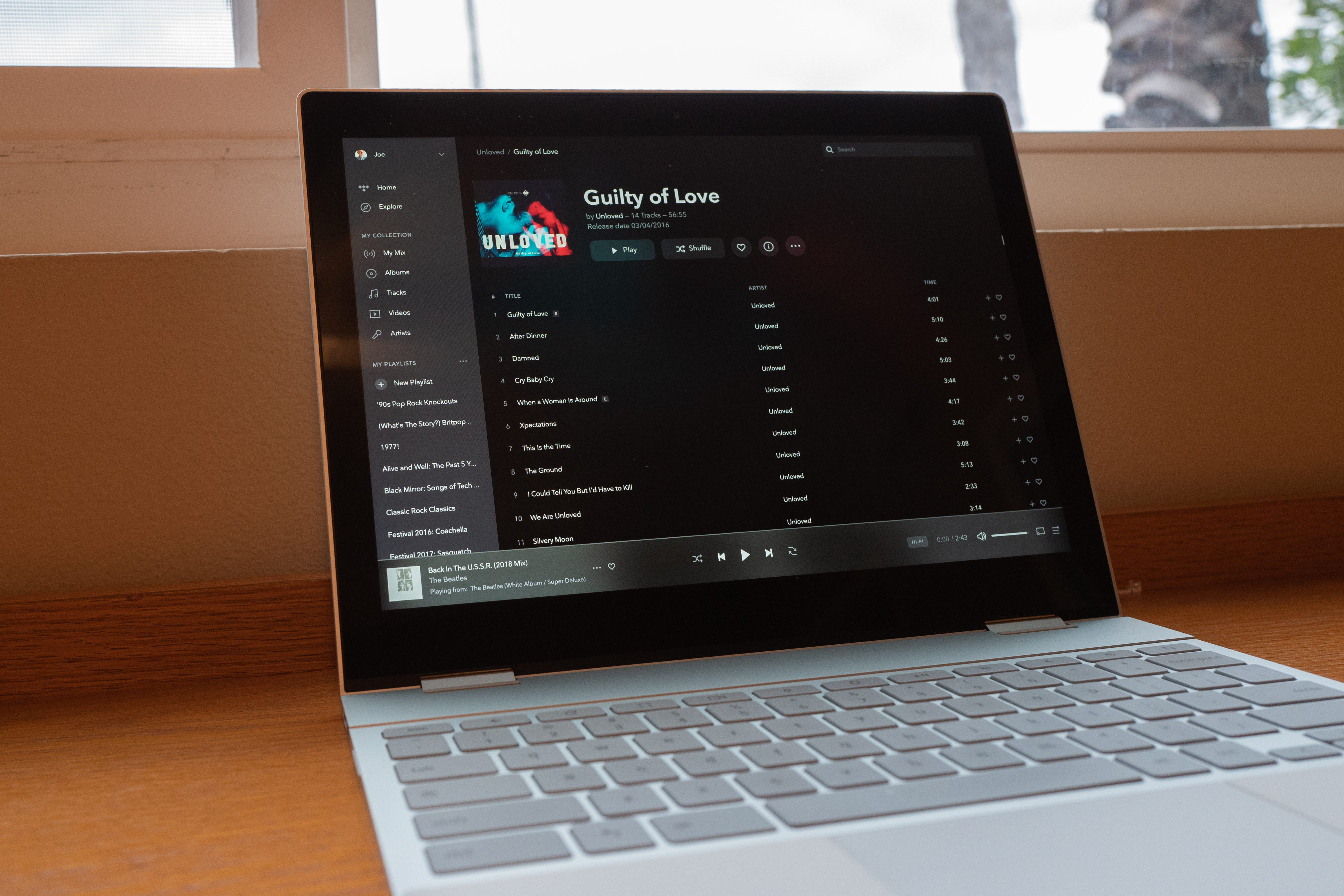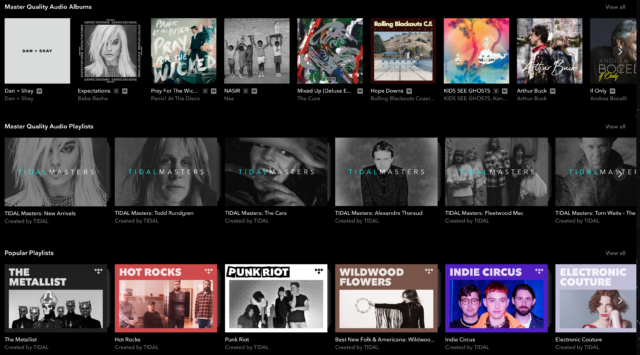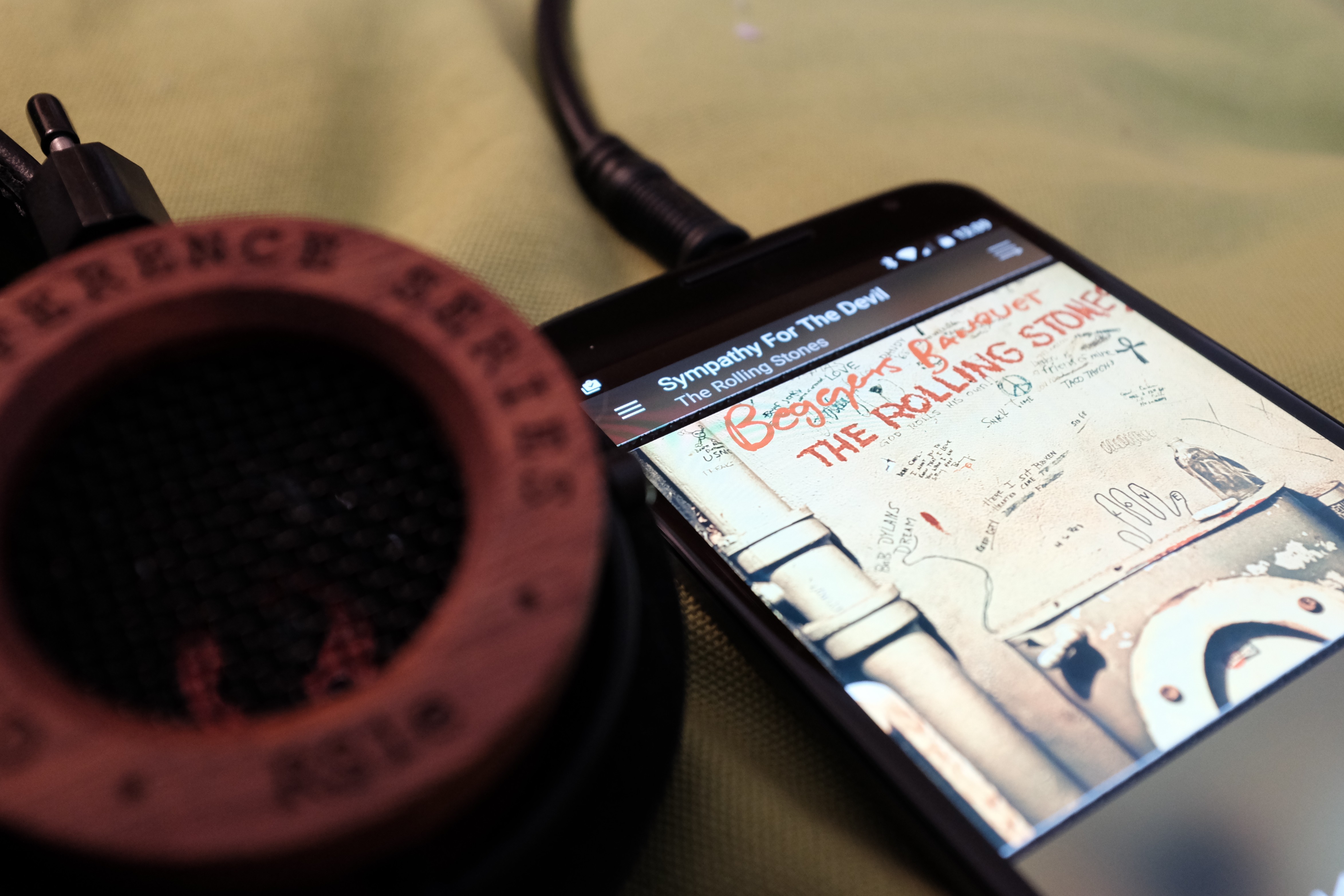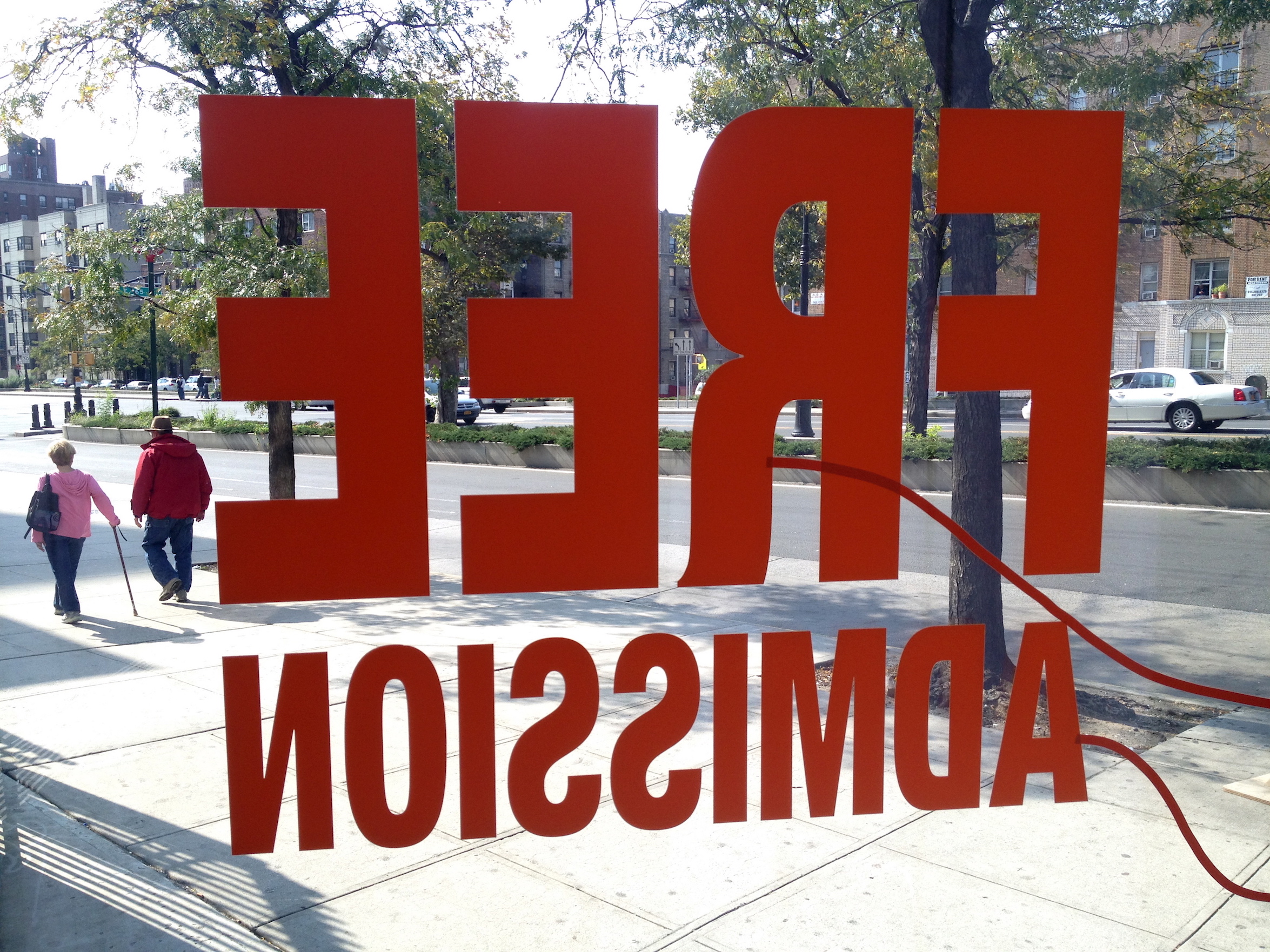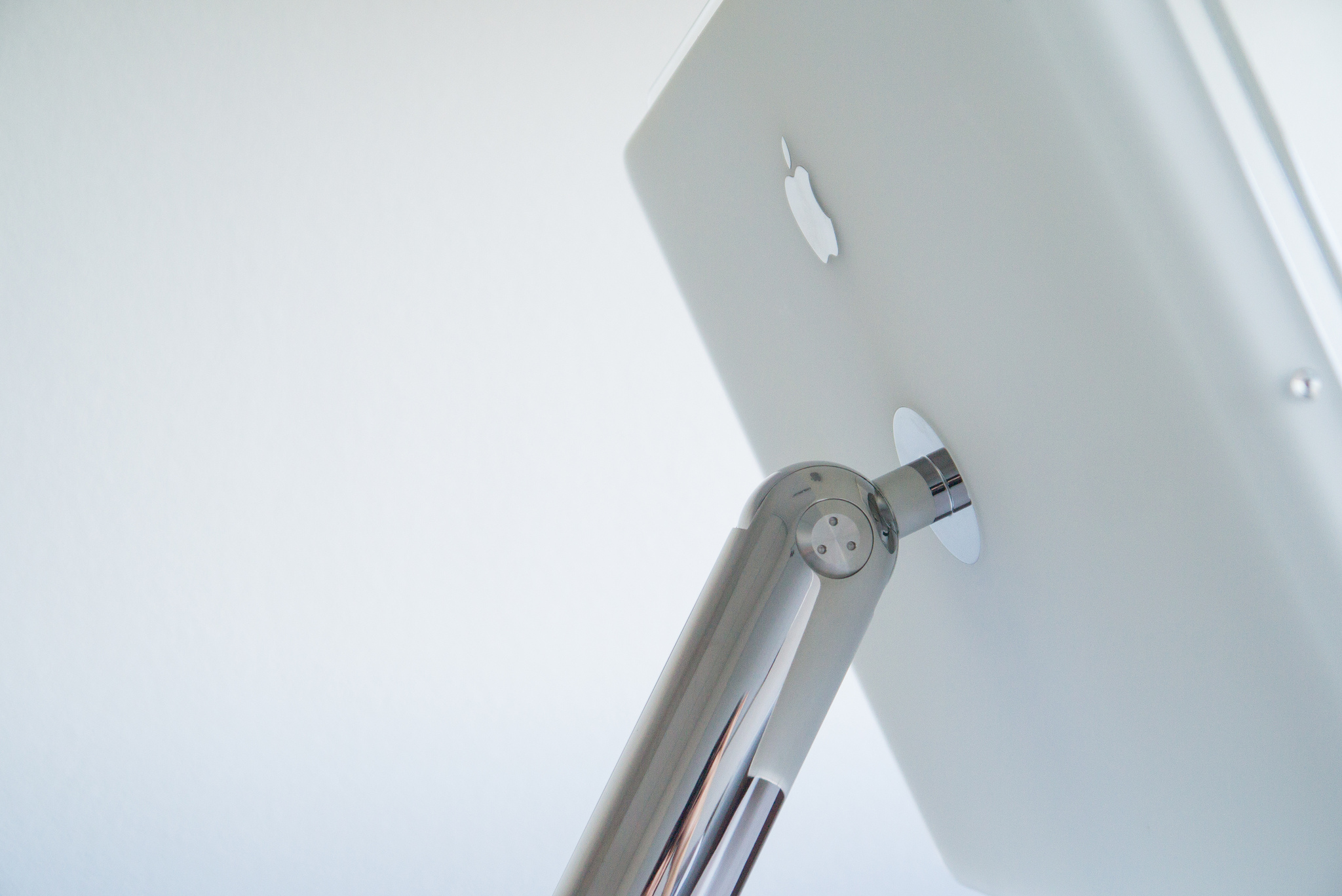Everywhere you look, there are reports about rising inflation, which is presented as increases in prices of goods. As a longtime journalist with a reputation for making complex concepts simple and straightforward to understand, I must correct the glaring mistake made by the majority of news reports: Inflation and rising prices are not the same, although there is an undeniable relationship between the two.
Inflation isn’t prices going up but the value of money going down. Spending power decreases. The classic case is late-1923 Germany, when, because of hyperinflation, “a loaf of bread cost 140 billion marks. Workers were paid twice a day, and given half-hour breaks to rush to the shops with their satchels, suitcases, or wheelbarrow, to buy something, anything, before their paper money halved in value yet again” (source: “Loads of Money“, Economist).
